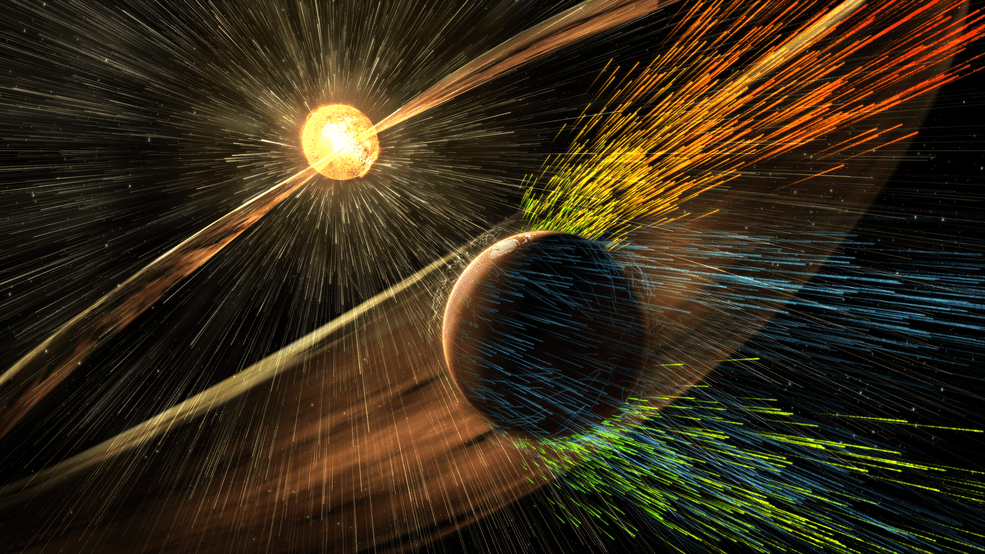
After a technical glitch that caused it to enter safe mode, NASA's MAVEN satellites is once again up and running and conducting science operations.
Continue reading

The International Liquid Mirror Telescope (ILMT), the first telescope of its kind, just came online in northern India!
Continue reading

A new SpaceX animation shows how the Starship will dispense the next-generation of Starlink satellites - Pez style!
Continue reading

To keep the International Space Station in continuous operation until 2030, NASA has ordered five more SpaceX Dragon spacecraft.
Continue reading

A new picture taken by NASA's Curiosity rover has revealed something interesting - a pair of spikes protruding from the ground.
Continue reading

A mirror universe model might explain why measurements of Hubble constant disagree.
Continue reading

A new study takes a look at potential methods for radiation shielding that could inform the creation of Martian habitats
Continue reading

June 2022 offers early risers the chance to trace out the naked eye planets, from Mercury to Saturn.
Continue reading

Using the MeerKAT array, an international team of astronomers has detected a new class of radio-emitting neutron star!
Continue reading

A new study explains how bodies as different as Venus, Earth, Mars, Pluto, Titan, and Triton can all have sand dunes on their surface!
Continue reading

 Universe Today
Universe Today















































